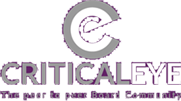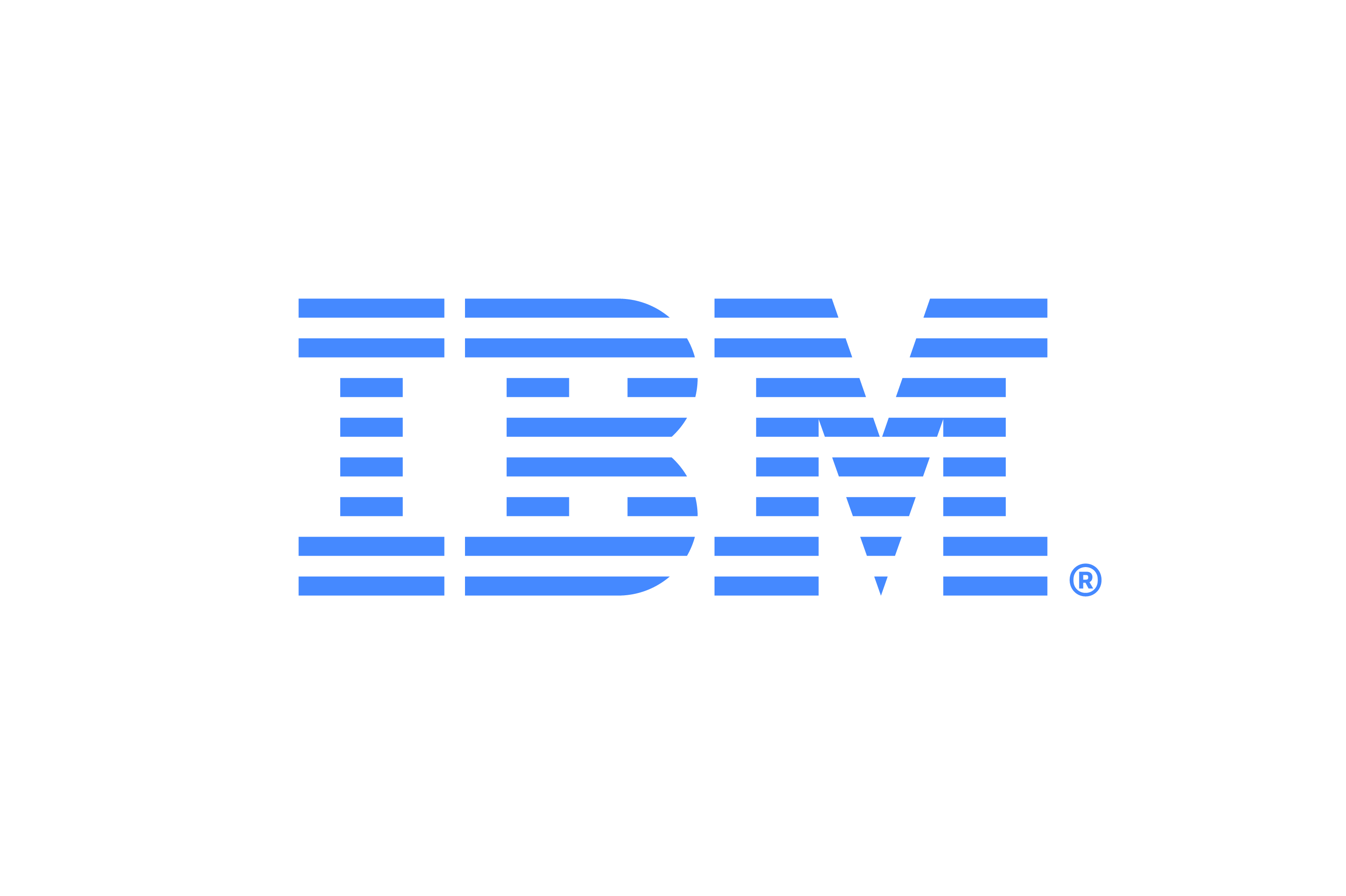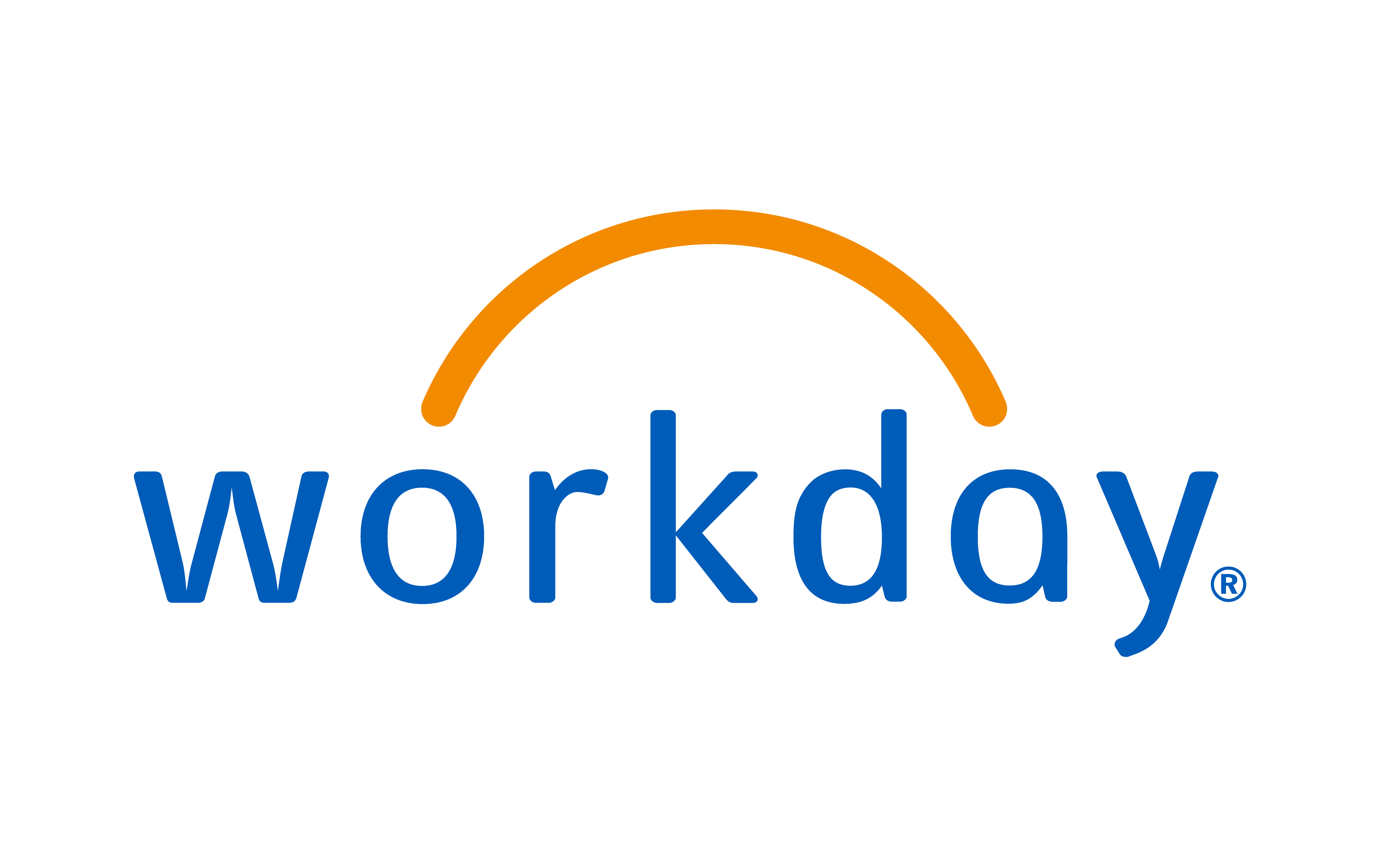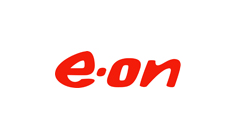
The way we work is fundamentally changing, and organisations need to adapt their talent strategies to remain competitive as employers. Leaders must identify where they can improve by understanding the new needs of a distributed workforce, linking remuneration with fairness and re-examining productivity for a hybrid world.
At Criticaleye’s recent Asia Leadership Forum, held in association with EY, Community Members discussed how the landscape for talent, both in the region and globally, is changing and what future ways of working will look like. Michael Crompton, General Manager for Asia at Criticaleye, commented: “Organisations have a real opportunity to revisit or reinvent their talent strategies across the region. To succeed, leaders must listen carefully to what their employees want and think innovatively about how they respond.”
Susan Chen, Director & Head of People for HK & SG Game Development Studios at Riot Games, explained the challenge of adapting to a distributed workforce and distinguished this from the recent shift to remote working that many organisations undertook as the pandemic struck. “Remote work is about doing exactly what you currently do but in a different location. The distributed workforce is much more intentional, strategic and requires a complete culture shift,” she said.
As we head into 2022, Susan set out what executives should be thinking about in terms of workforce planning. “How we think about our talent strategy will be quite different if we still have a remote-work mentality and don’t think about reconstructing work and rethinking the way we deliver. We might still be hiring in the same way and [just employing] people in a different location,” she said.
Instead, Susan suggested that leaders should ask themselves how they can create a new sense of belonging. “With remote work, the solution is bringing people into the same location, but, in a distributed approach, you ask: ‘How do I drive that distributed sense of belonging and efficiency in the new culture that we're building?’”
These new ways of working have thrown up concerns around productivity. Stephen Koss, Partner & Asia Pacific Workforce Advisory Leader at EY, explained: “There are so many varied perspectives we’re seeing with our clients on productivity and hybrid work. Some are saying, 'I don't care what the data is saying, we need to have people in the office, and so our strategy is to get them back in, and then we will become more productive'. Then there’s another group that say the ship has sailed on that way of working."
Stephen said that the better companies are carrying out analysis and listening to their employees to get a clearer picture of what will deliver productivity. “You need to do your own research on your own organisation to find out what works, by looking at different groups and recognising the nuances,” he said.
Intentional investment in talent
Significantly, a poll taken at the Forum revealed that a massive 63 percent of attendees have seriously considered a career change over the past 18 months. This trend is likely to apply to people throughout organisations, and leaders must now focus their attention on retaining talent to ward off ‘the Great Resignation’.
One way to do this is to provide people with greater agency around their pay and benefits. This may result in businesses having to think very differently about total reward. Susan set out how they are addressing this at Riot Games: “We are saying that we should be paid the same, but with options to build things in a way that's meaningful. For example, if you have two people doing the same job, but one has a family and one doesn't, the way they want their medical cover could be very different,” she said.
This personalised approach comes with its own challenges. “The most difficult part of this is the perception of fairness, because the moment you differentiate reward, people say it’s unfair,” Susan cautioned.
Stephen agreed, highlighting a global survey from EY which flagged fairness as a big concern. He explained: “The more sophisticated organisations are looking to commit to their own research on this and get their employees to choose and trade off what's beneficial for them. For example, is it more beneficial to have a compressed four-day week or $10,000 extra?
“You give people more facts to really understand what's important. Organisations can then redesign their reward approach in a more strategic way,” he said.
When targeting retention, it is also crucial to think more broadly about your people’s careers. Tian Chong Ng, Managing Director of Greater Asia at HP, emphasised the importance of creating an ‘intentional people strategy’, supported by ‘intentional investment’ from the organisation.
“Across the region, HP has a multi-generational workforce, which creates a challenge because you have to cater for different approaches to work. In many countries, we have three if not four generations working side-by-side,” he said. “You need to have a more curated approach that still sits within the surrounding company philosophy.”
Tian Chong detailed the approach the business has taken: “For graduates, we put in place ‘HP Spark’. That is a 15-month programme that rotates talent through different jobs, in order to provide them with the ability to learn different skills and have mentors guiding them through their onboarding.
“We also put together a programme called ‘Jumpstart’ for mid-level employees, [looking at] strategic skills, collaboration, customer centricity and how to tell a story well,” he said.
“Then we have ‘Trailblazer’ to build a strong bench of managers that my peers and I look after. Besides mentoring, we give them projects to work on, where we pick and implement some, and they get highlighted in the company.”
As we move forward, leaders will need to think more widely about attracting talent too. “Some skills are in short supply, especially in areas surrounding new technology,” Michael said. “Leaders must balance retraining their existing employees with bringing in new capabilities – on both a permanent and temporary basis – and building partnerships. They must also be mindful of the impact this mix may have on the organisation’s culture.”
The effects of the pandemic continue to be felt in new ways, however, it is clear that the talent landscape has changed permanently. Senior business leaders must step up to the challenge and rethink their workforce strategy to enable a fairer and more attractive approach.
The effects of the pandemic continue to be felt in new ways, however, it is clear that the talent landscape has changed permanently. Senior business leaders must step up to the challenge and rethink their workforce strategy to enable a fairer and more attractive approach.
Anisha Tansley, Content Executive, Criticaleye
Our next Community Update will share the highlights from Criticaleye’s Public Sector Summit.










 (002).png)















